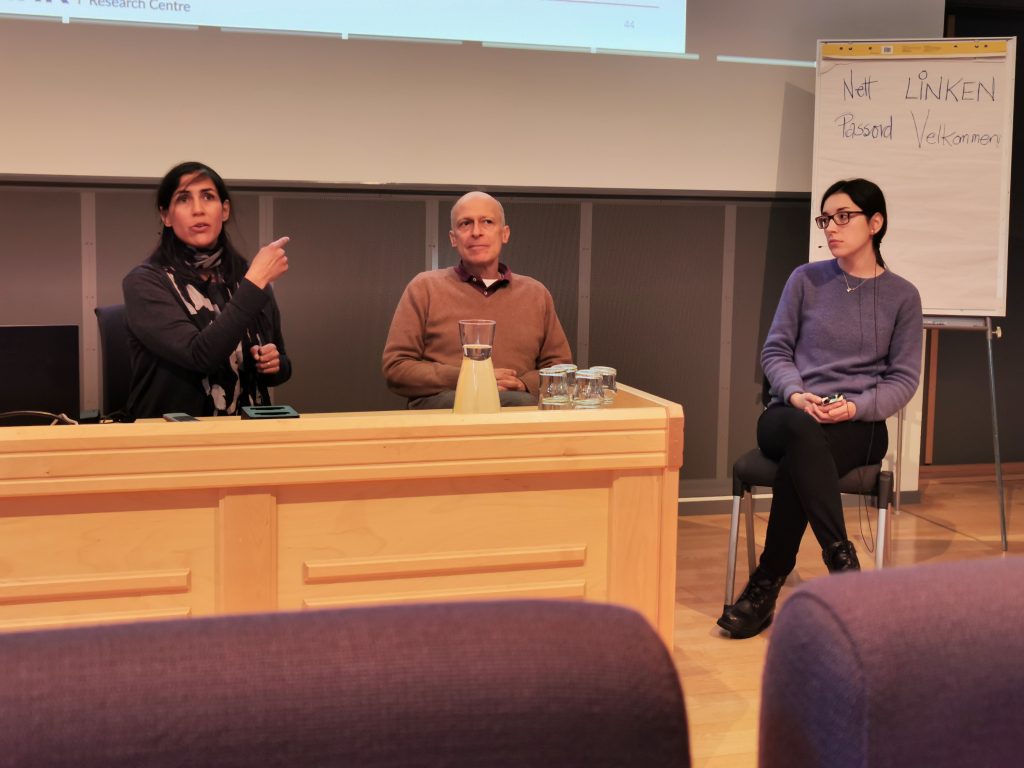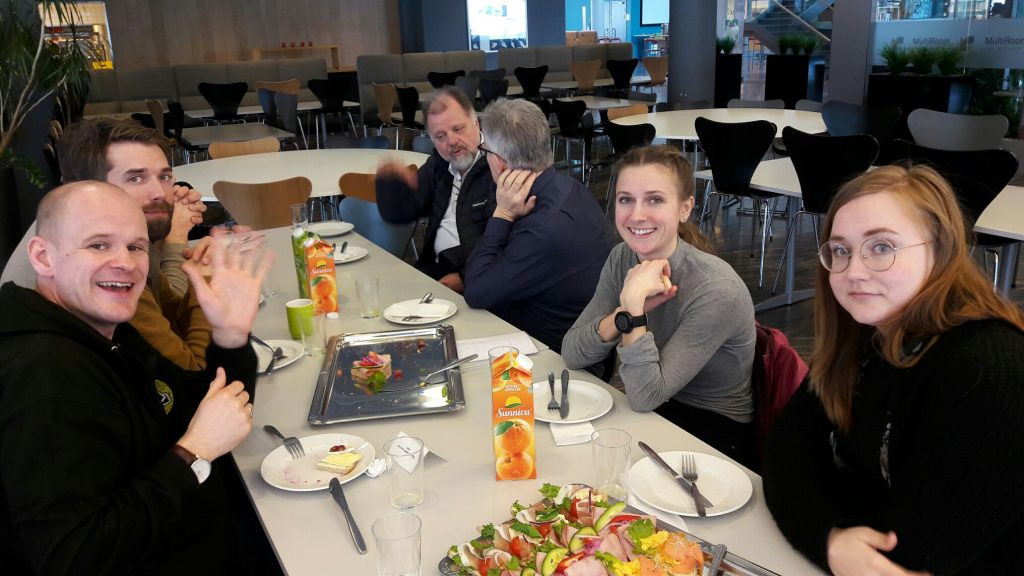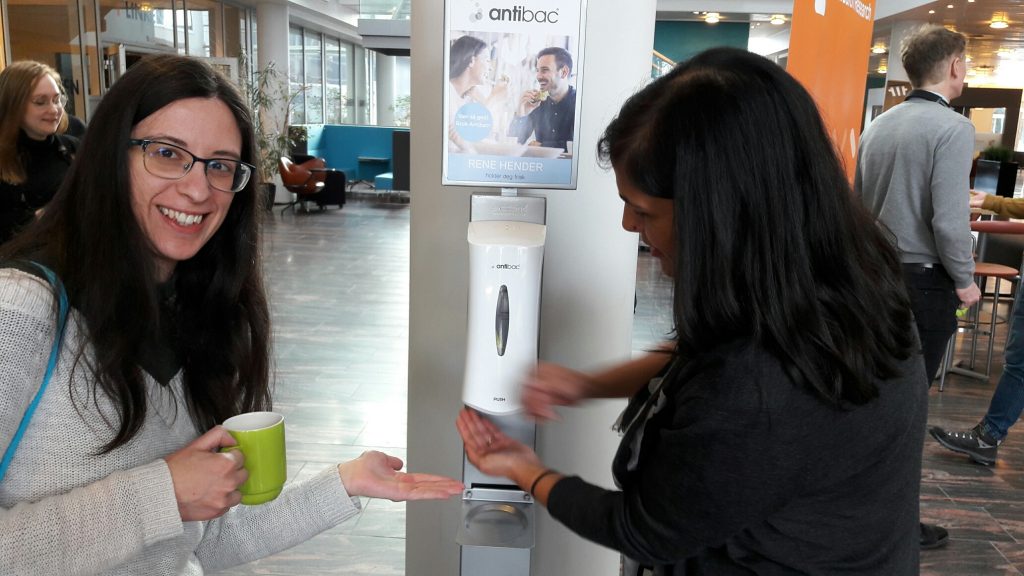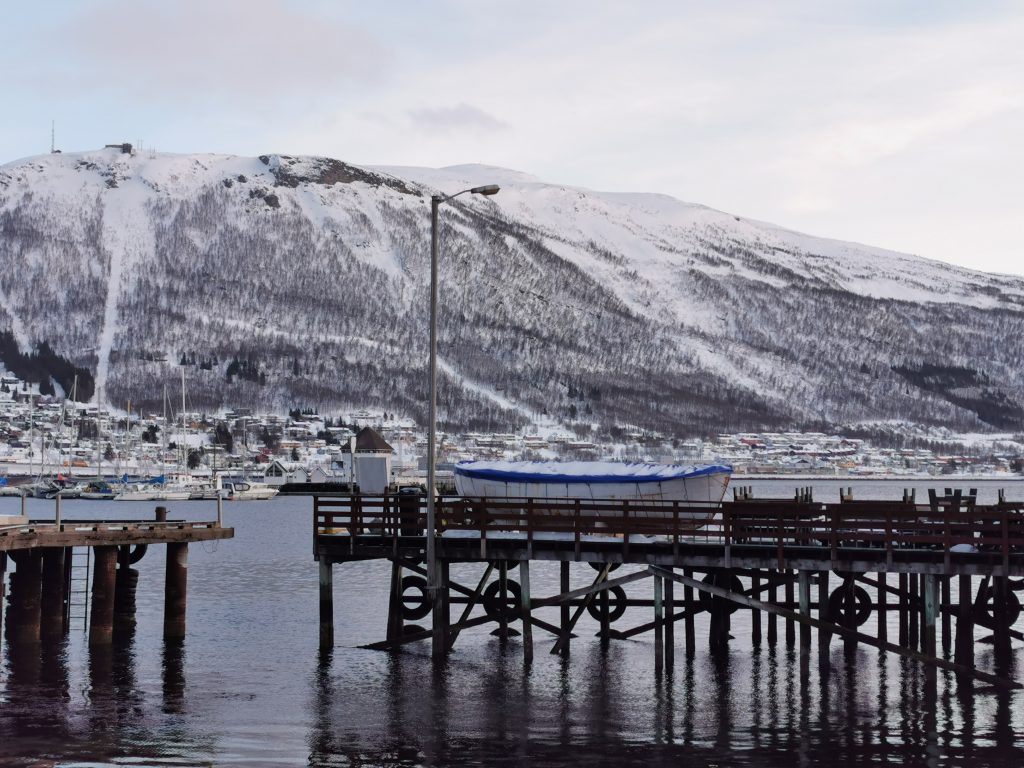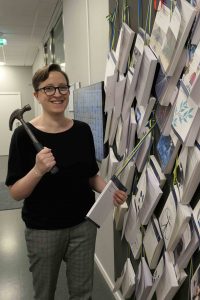Americas Conference on Information Systems (AMCIS) is one of the leading conferences in Information Systems area (https://aisnet.org/page/AMCISPage) that in 2020 was held as a virtual conference (https://amcis2020.aisconferences.org/).
In this year, I have served AMCIS 2020 as mini-track chair and as session chair of “IT Governance and Business-IT Alignment in the Era of Digital Transformation”, and the mini-track I was chairing has be the one that has received the most papers in the Strategic and Competitive Uses of IT track (https://amcis2020.aisconferences.org/track-descriptions/#toggle-id-24).
Furthermore, I am very happy and proud that at AMCIS 2020, I have been among the Outstanding Reviewer Award Winners at AMCIS 2020, and also nominated as the best reviewer at Strategic and Competitive Uses of IT track at AMCIS 2020 (2020 AMCIS SCUIT Track Session CHAIRS FINAL).
A screenshot taken from the video of the AMCIS 2020 Awards Ceremony with some of the Outstanding Reviewer Award Winners is included below.

